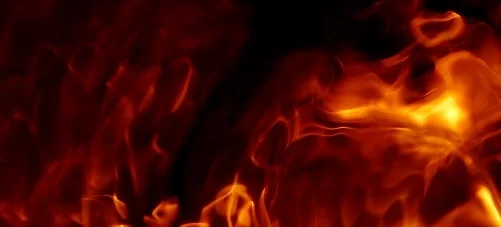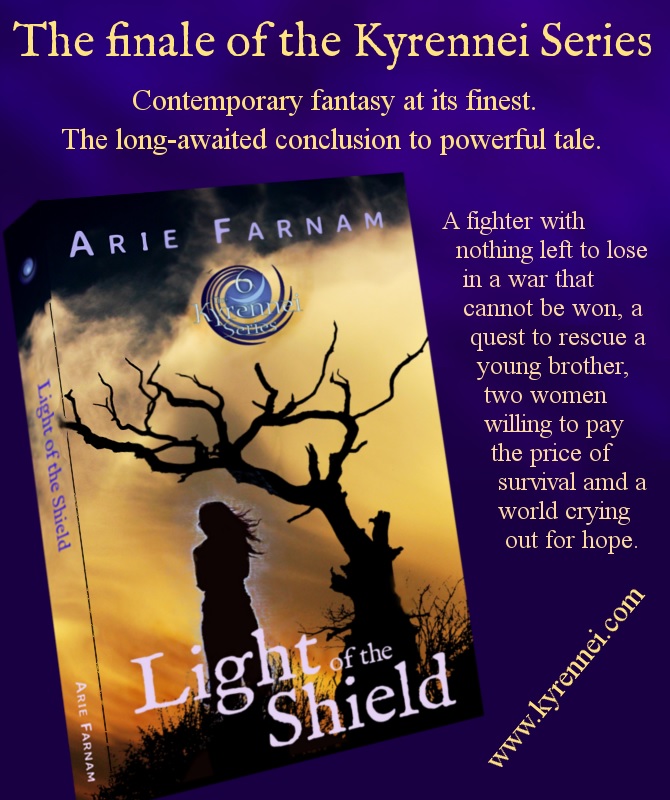That line between guts and a bad decision
/I stood at the top of the red slope just where the relatively flat ledge drops off on the steep face of the mountain, forcing myself to take slow trembling breaths.
"Come on! You can do it!" the guide hollered up from thirty feet below.
My brain kept imagining the impact, the feeling of hitting the snow fast. My legs and back cringed from imagined crashes and the thought of an unwary skier slamming into me from behind.
"It isn't that much different from the blue, You're ready for this!" the guide tried to reassure me. But his hazy, darker shape on the glaring snow was rocking back and forth in a way I recognized meant he was climbing slowly back up toward me. His movement and the touch of uncertainty in his tone both belied his confident words.
There was no one who could possibly say if I was ready for this. I was twelve and usually up for dare-devil stuff. But I was also legally blind and I had crooked legs and missing ligaments in my ankles. That guide had known me for all of an hour and a half.
"I'm ready!" I called down to him. I was very far from sure that was true. But the one thing I was more afraid of than the red slope was being a failure.
He stopped rocking back and forth. I inched the tips of my skis over the lip of the ledge. I knew that wasn't the way to do it. I needed speed or I really would fall.
I jumped a bit in the boots and dug in with my poles. Not much. You shouldn't be picturing anything very dramatic here. But I had just enough momentum to topple over the edge and into a hard snowplow and then a painfully slow curve.
My knees and ankles screamed with pain, but I gritted my teeth. The guide lurched into motion and made the turn below me, calling out in that singsong that follows the contours of the land so a blind skier can guess the terrain ahead, "TuuUURN right! TUuurn leeeeft! Turn right! Turn LEeeft!"
The singsong grew a bit faster. The pain in my legs had spread so that there was no point that stood out anymore. It was all just a blazing ache. But they held. My legs held the V and the slope, turn after turn.
I could barely see my guide, a wavering gray shape in the undistinguished whiteness all around. But despite my slowness, he stayed just far enough ahead and not too far, clearly having to plow himself to stay with me.
Just as I sensed more than saw the looming darkness of trees on my left, a black shape flashed across my path, scraping the tips of my skis. I jolted and nearly fell but managed to stay up.
"StoooOOP!" the shout was not abrupt like you might expect. It swooped just so that I knew how big a turn to make to stop and how the ground would rise a bit under my skis as I did.
Image by Arie Farnam
I made the turn and stopped but my guide was gone. I caught the flicker of his gray shape below me, chasing another shape, then turning, forcing the other shape to the side. They were too far away for me to hear more than the low, angry tone as my guide chewed out the stunt skier who thought it would be fun to zip between me and my guide on our first run down the red slope.
A moment later, he let the skier go and called up to me, directing me with tone over the humps and valleys of the slope and around an adult and child skiing together.
I made it down the red slope that day and several other times, though I never learned to like the red more than the blue. I loved to fly over the smooth white snow of the blue runs, where there are not so many moguls and almost no stunt skiers.
That was one of five guides I worked with in three years of skiing in a blind skiers program as a kid. Some of those guides were spectacular in both skill and patience. Others struggled to ski so precisely and master the voice methods used to guide blind skiers at the same time. Either way. they were the difference between skiing and not skiing--i.e. the difference between a kid's long-awaited day of exhilaration and a kid's resignation to yet another "can't."
I wanted to ski. It's hard to describe how badly I wanted to. I couldn't ride a bike fast or skateboard or roller skate, except in a small defined rink--and even then slowly. I knew I'd never drive. To me the only speed, the only feel of control and competence in the physical realm was skiing. And the guides that made it possible were among my childhood heroes.
Most people who have never seen a blind skier and guide work together are skeptical or even disbelieving. "How could you ski? Even with a guide? Just how?" They'll admit that maybe I could, because I can see some. But I've known totally blind skiers who could do it much better than I can.
It took three years of hard work for me to get to the point where I could tip over the lip and make it down the red slope reasonably well. It took patience and encouragement and not thinking about the dangers or how my dad broke both his legs skiing when he was a kid.
But because of that training, I can ski after a fashion. It isn't pretty. It isn't nimble, but today I even ski without a guide on easy, well-known slopes. In the brief years of the blind skiers program I learned enough to last decades.
But now I'm over forty. My legs aren't just crooked. They're creaky. My calves are balls of muscle to compensate for the missing ligaments. And my eyes are funkier than ever with slowly failing retinas. And I still want to ski.
I don't much anymore though. It's too hard and too expensive. But I've skied enough to make sure my own two kids are better at it than me. This year I thought I'd miss out on skiing entirely, until I was called in to be a substitute teacher at an ESL skiing camp for Czech homeschoolers in the Krkonos Mountains.
On Saturday, after classes were over, my husband and kids wanted to ski down from our lodge to a major ski area near the town of Rakovnik nad Jezirkou. This required entering the slope near the top and on a red run. Then I could ski to the bottom and ride the lift up to ski the blue slope thereafter.
My husband isn't quite like the intrepid blind-skier guides. He has all he can handle just to ski without having to turn his head back on every swerve to yodel the way the land rolls. So I just followed his fuzzy shape silently through the snow. To do this I have to fix my eyes on him and never look away. If I glance away, I'll never be able to tell which fuzzy shape is my husband again and other skiers don't do what I need them to.
We came out on the red run and started down the crowded, ice-packed slope, weaving in and out among other skiers, while making my painfully slow curves. Then the run narrowed and suddenly dropped. There was no lip this time, just a hump and we were onto a sheer steep slope on a sheet of ice. And there was no more plowing or slow curves. I made one, lost my bead on my makeshift guide and went down on my back.
I tried not to think about the skis of people behind me cutting into me as I blocked the way. Instead I struggled to get up on the steep ice. But I quickly realized that probably wasn't worth the fight.
"Good snowsuits are the better part of valor," I grumbled under my breath, lifted my skis in the air and coasted the rest of the way down the hill on my backside. My husband and kids were a bit embarrassed to be with me that day, but that was my call.
I've been told by eye doctors, that I'd better not fall hard anymore or get hit in the head or any such thing. If I do, I might well wake up not seeing anything. And crappy as my vision may seem to most people, it comes in rather handy to me. So I've finally become cautious in my middle age.
All in all, I've never been particularly comfortable with that line, "You can do it!" Who knows what another person can or can't do. Mostly we don't even really understand what takes courage for another individual and we certainly don't know where the line between courage and foolishness might be for them.
I'm the lady skiing along with less than ten percent of everyone else's eyesight. I skim over the snow on the blue slope that everyone else says is boring. And I'm flying. My heart is singing with my own version of freedom, while I avoid the red runs and never even want to go near the black.
So for whatever it's worth, here's my take. Push your own limits, just enough to feel fully alive. There are things that really are dangerous and not worth the risk. The better part of valor is using your a brain... and good protective gear.














